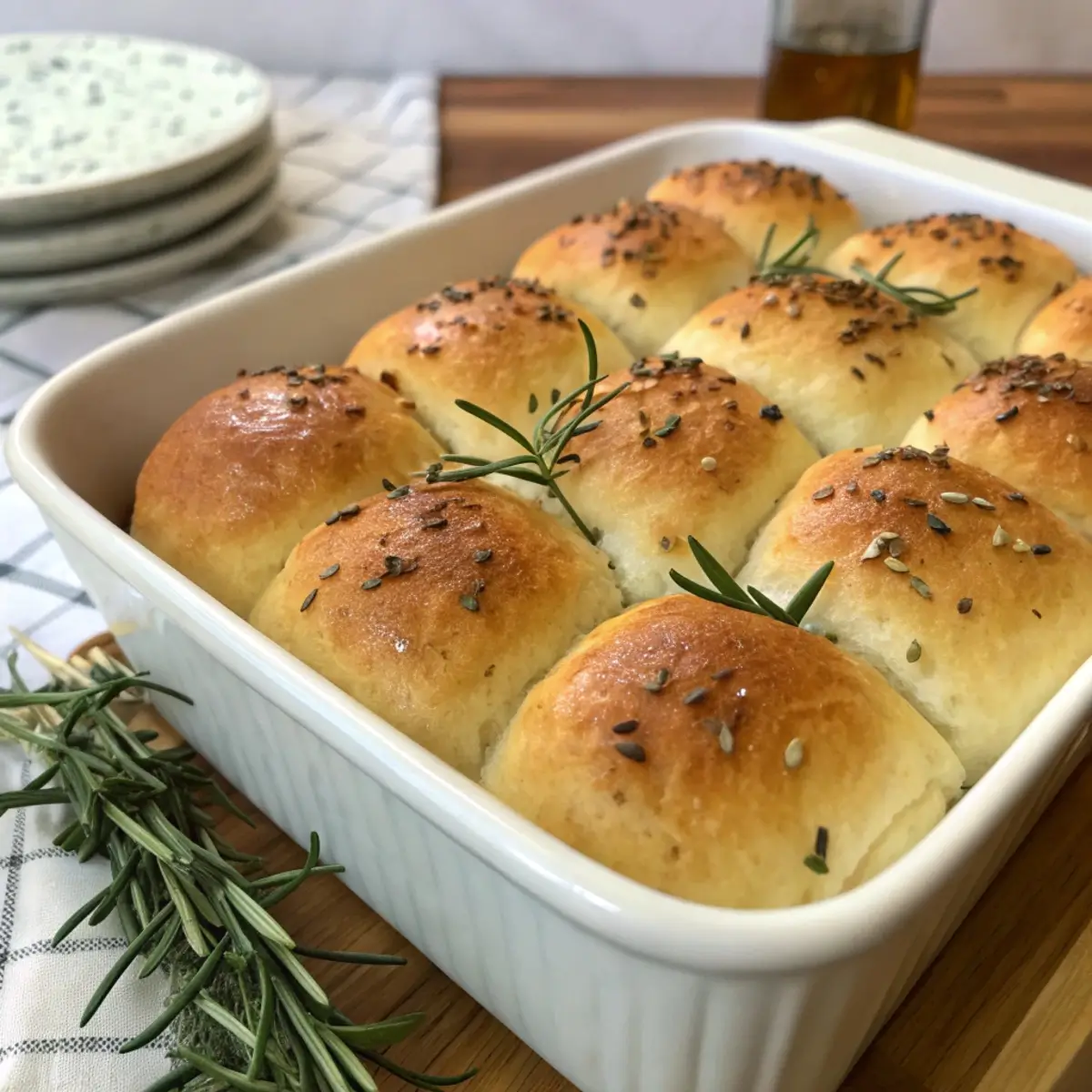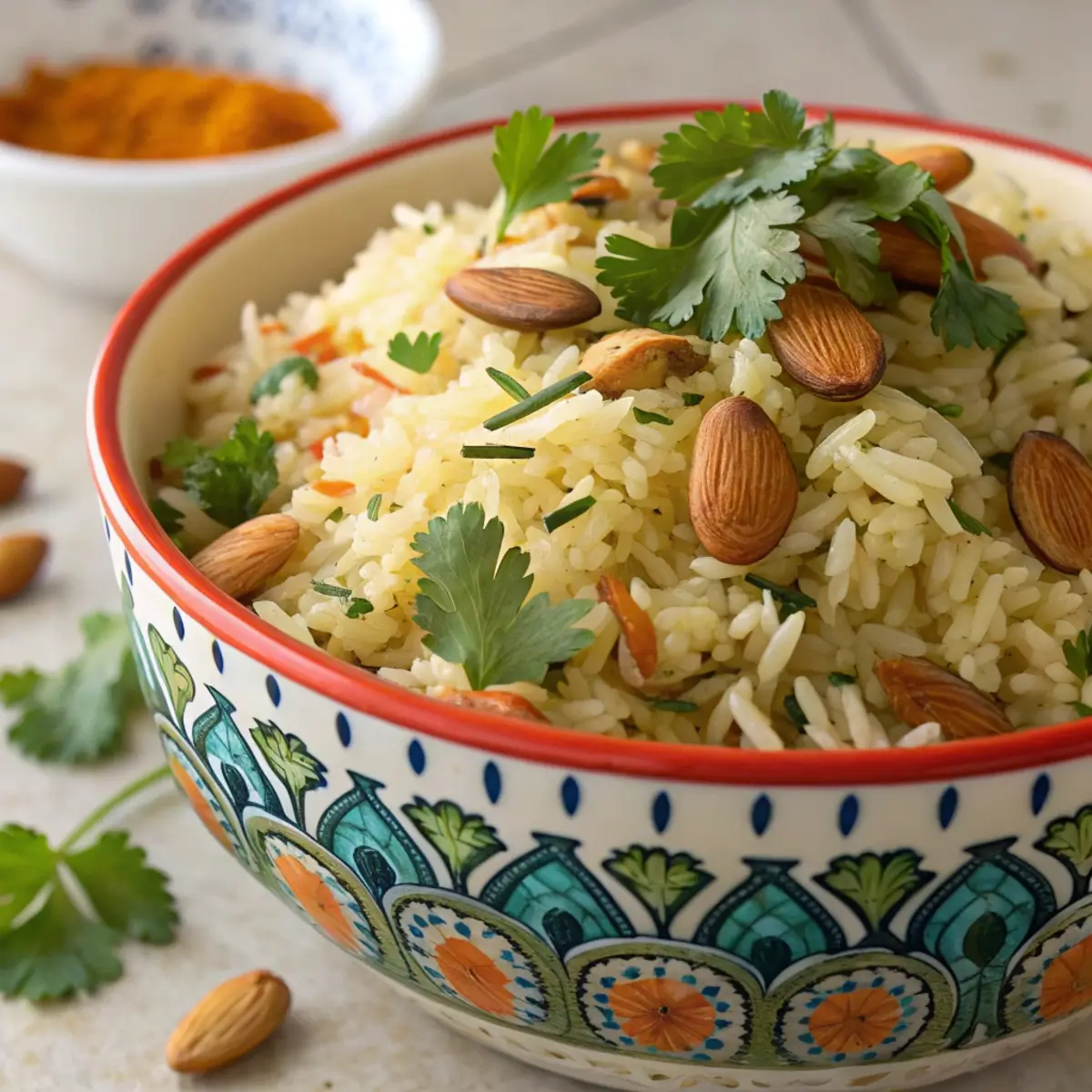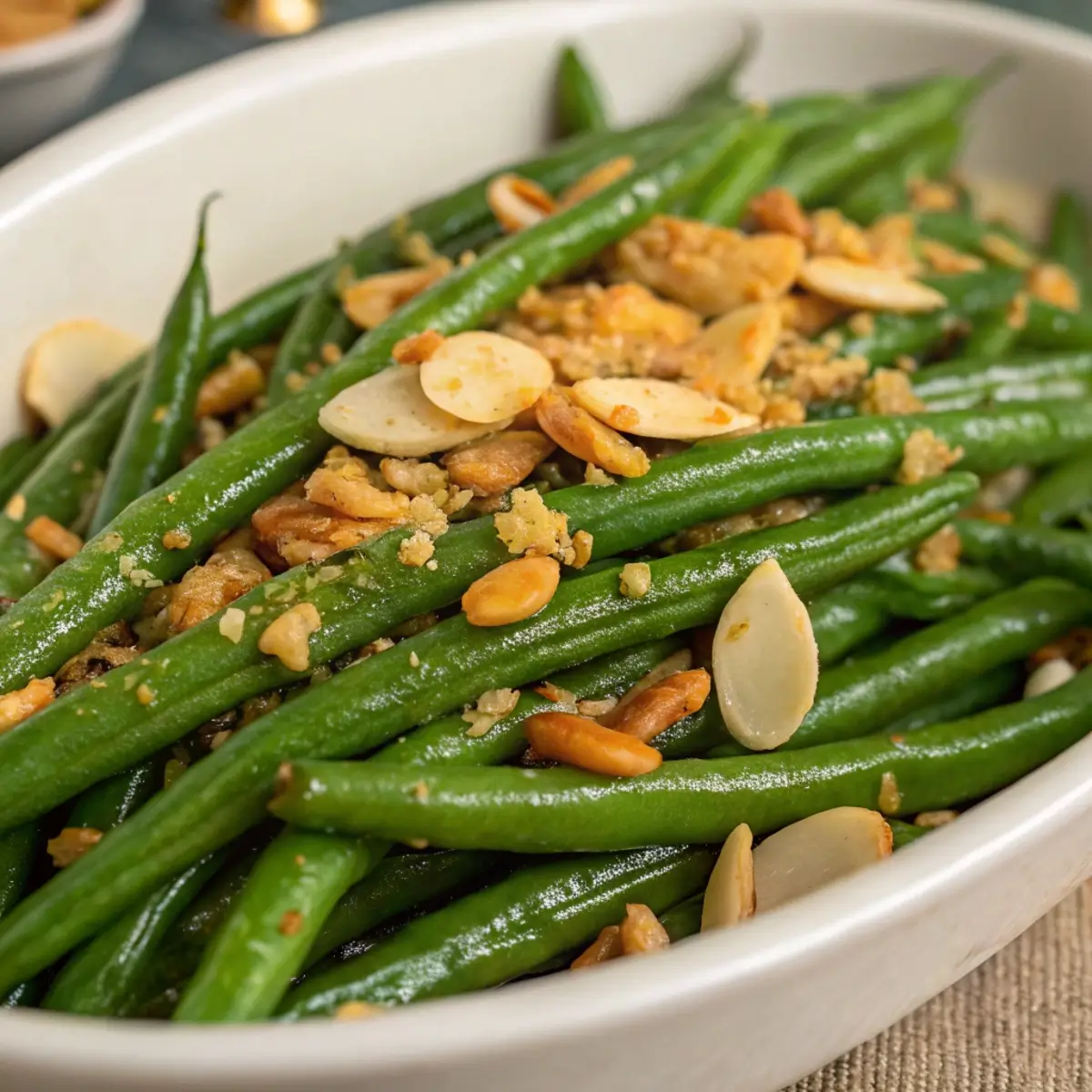Contents
- 1 Why Rosemary Pull-Apart Rolls Are Perfect for Christmas
- 2 Ingredients for Rosemary Pull-Apart Dinner Rolls
- 3 Choosing Fresh Rosemary for the Best Flavor
- 4 Prepping Your Dough: The Foundation of Perfect Rolls
- 5 First Rise: Letting the Dough Grow
- 6 Shaping the Pull-Apart Rolls
- 7 Second Rise: Fluffiness in the Making
- 8 Baking the Rosemary Pull-Apart Rolls
- 9 Why These Dinner Rolls Work So Beautifully
- 10 Pairing These Rolls with Christmas Dishes
- 11 Flavor Variations for Rosemary Pull-Apart Rolls
- 12 Make-Ahead Instructions (Holiday-Friendly)
- 13 Storing and Reheating Leftovers
- 14 Troubleshooting Common Issues
- 15 Health and Nutritional Notes
- 16 Frequently Asked Questions
Rosemary Pull-Apart Dinner Rolls are one of the most comforting, nostalgic, and festive bread options you can bake during the holiday season. Soft, buttery, fragrant with fresh rosemary, and irresistibly fluffy, these rolls make a beautiful addition to any Christmas dinner table. The aroma alone is enough to fill your home with winter warmth, but the real magic is in their texture—light, pillowy, and perfect for pairing with savory Christmas dishes.
Pull-apart rolls have long been a staple of holiday meals, but adding rosemary brings an elevated yet rustic touch that makes them feel special. This version uses classic, wholesome ingredients and never includes bacon, pork, wine, or alcohol of any kind. The result is a universally friendly recipe that suits family dinners, holiday potlucks, Christmas brunches, and cozy winter gatherings.
Whether you’re an experienced baker or making homemade rolls for the first time, this recipe is approachable, delicious, and guaranteed to impress your guests. Rosemary adds a subtle earthiness that complements both salty and sweet holiday dishes, while melted butter creates a glossy golden finish perfect for festive presentation.
These rolls don’t just taste comforting—they feel like Christmas.
Why Rosemary Pull-Apart Rolls Are Perfect for Christmas
There’s something magical about fresh-baked bread during the holiday season. The warmth, the scent, the anticipation—everything feels cozy and celebratory. Rosemary pull-apart rolls bring that same magic but with an elevated flavor that fits beautifully with winter meals.
Here’s why these rolls deserve a spot on your Christmas table:
-
Soft, fluffy texture that melts in your mouth
-
Fresh rosemary aroma adds wintery, herbal fragrance
-
Pull-apart style creates a shareable, interactive bread basket
-
Pairs with every holiday dish from roasts to soups to casseroles
-
Completely alcohol-free and pork-free
-
Easy to make ahead for stress-free hosting
-
Beginner-friendly recipe with simple steps
-
Golden, bakery-style appearance that looks stunning on the table
Rosemary is a traditional Christmas herb, associated with warmth and winter cooking. When baked into rolls, it adds sophistication without overpowering the soft, buttery flavor.
Ingredients for Rosemary Pull-Apart Dinner Rolls
These rolls rely on a handful of classic baking ingredients:
-
3 cups all-purpose flour (plus extra if needed)
-
2 ¼ teaspoons active dry yeast (one packet)
-
1 cup warm milk (110°F/43°C)
-
2 tablespoons granulated sugar
-
4 tablespoons unsalted butter, softened
-
1 tablespoon unsalted butter, melted (for brushing)
-
1 teaspoon salt
-
1–2 tablespoons chopped fresh rosemary
-
Optional garnish: flake salt, extra rosemary, or garlic butter
These ingredients combine to create a tender dough that rises beautifully and bakes into golden perfection.
Choosing Fresh Rosemary for the Best Flavor
Rosemary is a hardy herb with piney, citrusy, woodsy notes. For this recipe, fresh rosemary offers brighter flavor compared to dried.
When choosing rosemary:
-
Look for flexible stems, not brittle ones
-
Leaves should be deep green and aromatic
-
Avoid leaves that look gray, dull, or dry
Finely chop rosemary so it distributes evenly throughout the dough, providing small bursts of flavor without overpowering each bite.
Prepping Your Dough: The Foundation of Perfect Rolls
Bread-making begins with activating the yeast and preparing a smooth, elastic dough.
Activating the Yeast
-
Warm the milk to about 110°F (comfortably warm, not hot).
-
Stir in sugar.
-
Sprinkle yeast over the milk mixture.
-
Let sit 5–10 minutes until frothy.
This step ensures the yeast is alive and ready to lift your rolls into soft clouds.
Creating the Dough
-
In a large bowl, combine flour and salt.
-
Add softened butter, rosemary, and the activated yeast mixture.
-
Stir until a shaggy dough forms.
-
Knead for 6–8 minutes until smooth and elastic.
The dough should feel soft and slightly tacky but not sticky.
First Rise: Letting the Dough Grow
Once the dough is kneaded, place it in a greased bowl and cover it with a towel.
-
Allow it to rise for 1–1½ hours in a warm place.
-
Dough should double in size.
-
If the room is cool, the rise may take longer.
This step gives the rolls their trademark fluffiness.
Shaping the Pull-Apart Rolls
After the first rise, punch the dough down gently to release air.
Shaping Steps
-
Turn dough onto a lightly floured surface.
-
Divide into 12–16 equal pieces.
-
Roll each into a smooth ball, tucking seams underneath.
-
Arrange dough balls close together in a greased baking dish.
As the rolls bake, they expand and touch, forming the classic pull-apart shape.
Second Rise: Fluffiness in the Making
Once shaped, the rolls need a second rise.
-
Cover the dish lightly with plastic wrap or a towel.
-
Let dough balls rise for 30–45 minutes.
-
Rolls should become puffy and soft.
The second rise ensures the rolls bake with the ideal light, airy texture.
Baking the Rosemary Pull-Apart Rolls
Now for the transformation.
Baking Instructions
-
Preheat oven to 350°F (175°C).
-
Bake rolls for 18–24 minutes, depending on size.
-
Rolls are done when golden on top and soft inside.
Finishing Touch
Brush warm rolls with melted butter or garlic butter.
Optional toppings:
-
A pinch of flake sea salt
-
Additional rosemary
-
A sprinkle of grated Parmesan
-
Honey butter for sweet variation
Butter brushed on fresh from the oven creates shine, softness, and irresistible aroma.
Why These Dinner Rolls Work So Beautifully
Rosemary pull-apart rolls succeed because of three main qualities:
Softness
Using milk instead of water enhances richness and tenderness.
Fluffiness
Two rises help create air pockets that puff up beautifully.
Flavor
Fresh rosemary offers herbal brightness that complements butter without being overpowering.
The result: rolls that feel both rustic and elegant—perfect for holiday meals.
Pairing These Rolls with Christmas Dishes
Rosemary dinner rolls pair effortlessly with almost anything on a winter table.
Perfect Christmas Main Courses
-
Roasted chicken
-
Turkey
-
Beef tenderloin or rib roast
-
Garlic butter salmon
-
Vegetarian nut roast
-
Mushroom Wellington
Side Dishes That Complement the Flavor
-
Honey glazed carrots
-
Green beans with almonds
-
Creamy mashed potatoes
-
Broccoli cheddar casserole
-
Cranberry salads
-
Roasted sweet potatoes
Soups and Starters
These rolls are incredibly good served with:
-
Tomato basil soup
-
Creamy potato soup
-
Chicken vegetable soup
-
Winter squash soup
Their soft, fluffy texture is ideal for sopping up sauces and gravies.
Flavor Variations for Rosemary Pull-Apart Rolls
This recipe is versatile and can be adapted to suit your holiday menu.
Garlic Rosemary Rolls
Add 1–2 teaspoons minced garlic to the dough.
Parmesan Rosemary Rolls
Mix ¼ cup grated Parmesan into the dough or sprinkle on top.
Honey Butter Rolls
Brush baked rolls with honey butter instead of plain butter.
Herb Trio Rolls
Use a blend of rosemary, thyme, and parsley.
Olive Oil Herb Rolls
Replace some butter with extra virgin olive oil for a Mediterranean twist.
Sweet Rosemary Milk Rolls
Add 1 tablespoon of sugar (in addition to what’s used for yeast); pair with honey.
These variations allow you to make the recipe your own.
Make-Ahead Instructions (Holiday-Friendly)
Homemade rolls pair perfectly with holiday planning. Here are simple ways to prepare in advance:
Make Ahead (Refrigerator Method)
-
Prepare dough and shape into balls.
-
Place in a baking dish.
-
Cover tightly and refrigerate up to 24 hours.
-
Allow to rise 45 minutes at room temperature before baking.
Freezing the Dough
-
Shape dough balls.
-
Freeze on a tray until solid.
-
Transfer to a freezer bag.
-
Thaw overnight in the refrigerator.
-
Let rise 45 minutes before baking.
Freezing Baked Rolls
-
Bake completely.
-
Cool fully.
-
Freeze in airtight bags.
-
Reheat in the oven at 300°F until warm.
This flexibility makes hosting a Christmas meal far less stressful.
Storing and Reheating Leftovers
If you’re lucky enough to have leftovers, here’s how to keep them fresh.
Storage
-
Keep in an airtight bag or container at room temperature for up to 2 days.
-
Refrigerate for up to 5 days.
Reheating
-
Oven: 300°F for 8–10 minutes (best texture).
-
Microwave: 10–15 seconds (fast but slightly softens the exterior).
-
Air fryer: 300°F for 3–4 minutes.
For best flavor after reheating, brush lightly with melted butter.
Troubleshooting Common Issues
Bread dough can be sensitive to temperature, humidity, and timing. Here’s how to avoid common mistakes:
Rolls Didn’t Rise
-
Milk may have been too hot and killed the yeast.
-
Yeast may have expired.
-
Dough may have been placed in a cold environment.
Rolls Turned Dense
-
Dough wasn’t kneaded long enough.
-
Rising times were too short.
-
Too much flour added.
Rolls Browned Too Fast
-
Oven may run hotter than expected—cover with foil halfway through baking.
Rolls Spread Instead of Rising
-
Dough was too hydrated; add slightly more flour next time.
These tips ensure consistently perfect results.
Health and Nutritional Notes
These rolls are indulgent but made from wholesome ingredients.
Key Benefits
-
No preservatives
-
No artificial flavors
-
Fresh herbs add antioxidants
-
Completely alcohol-free and pork-free
They’re a comforting addition to a holiday meal without going overboard in richness.
Frequently Asked Questions
Can I use dried rosemary instead of fresh?
Yes, but use only 1 teaspoon dried rosemary—it’s more potent.
Can I make these rolls vegan?
Yes—substitute plant milk and vegan butter.
Can I double the recipe?
Absolutely. Use two baking dishes or one extra-large dish.
Do I need a stand mixer?
No, but it helps. You can knead the dough by hand.
Can I skip the sugar?
No—the sugar feeds the yeast and allows the dough to rise.
Can I bake these in a cast iron skillet?
Yes, they bake beautifully and develop a golden bottom crust.
Can I add cheese?
Definitely—cheddar, Parmesan, or mozzarella all work.





